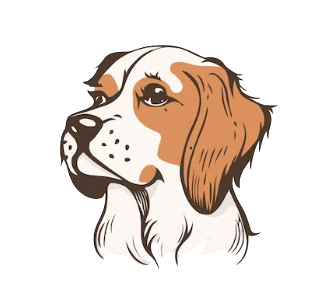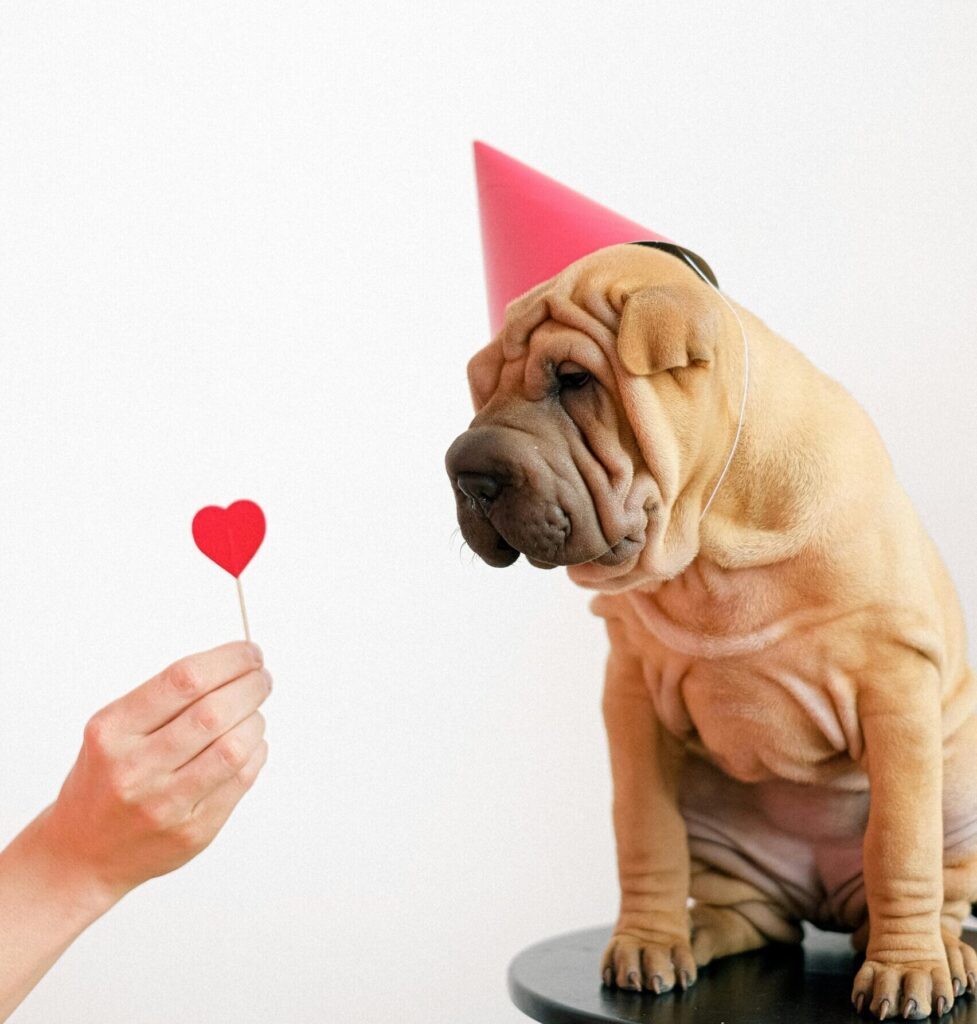Summery :
- The Sooner the Better: The Importance of Learning Young
- The two golden rules for a relaxed walk
- How do I teach my puppy to walk on a leash?
- Sustainable Training: How to Train a Puppy to Walk on a Leash
1- The Sooner the Better: The Importance of Learning Young
Usually the difficulty in walking calmlyon a leash without pulling originates in the first months of the puppy’s life but becomes a serious problem especially if, as an adult, the dog in question belongs to alarge dog breed .
In fact, it is very difficult to train an adult 40 kg molosser to walk on a leash.
That’s why it’s important to start as early as possible . When your furry friend is only 8 weeks old, you can start suggesting some initial steps.
This type of training, among other things, strengthens the bond between you and your puppy . At the same time, almost without realizing it, you lay the foundation for successful leash training. Here’s how to train your puppy to walk on a leash one step at a time.
2- The two golden rules for a relaxed walk
Do you think it’s complicated and don’t know where to start? In reality, it’s not that difficult to understand how to train your puppy to walk on a leash. You just have to follow the 2 golden rules:
- If the dog pulls, stop
- As long as the leash is loose, you walk and your puppy can suggest the direction. As soon as he starts to pull, you stop, and you decide where to go .
Easy, right? No, actually, it is not at all. Because the point is that this rule must be followed always and everywhere , without exceptions and with absolute coherence. And this is not at all simple.
Consistency is the key
When you see a puppy pulling like crazy on the leash, the cause of the problem is the human on the other end of the rope. Although every dog is different and every dog-human couple is a world unto itself, in fact, when the dog pulls the reason is that the owner has not followed the two golden rules .
The consequence? A big problem: the dog thinks that the only way to reach his goal is to pull. And so he does it, determinedly and constantly. It doesn’t matter if it’s a bush or another dog. He starts pulling and will pull until he reaches his goal .
Many puppy owners are happy to give in and follow their puppy out into the world. But this is a serious mistake : in this way, you reinforce a behavior that, once consolidated, will be very difficult to change.
If you set up your walks this way, you are condemning both of you to years of stress and push-pull, nervousness and frustration. This is why it is essential that you understand from the first weeks of living with your furry friend how to train your puppy to walk on a leash.
[blockquote align=”none” author=”Steve Jobs”]Your time is limited, so don’t waste it living someone else’s life. Don’t be trapped by dogma – which is living with the results of other people’s thinking[/blockquote]
3- How do I teach my puppy to walk on a leash?
For leash training to work over time, it must be something your puppy enjoys. If he finds it rewarding to walk by your side without pulling, he will do it as an adult. That’s why the first step is to lure your dog a few feet away from you, without the leash .
Concentration during training : if you realize that the environment offers your dog too many stimuli and he is distracted, you can use asnack or agame to keep his attention.
Now insert the leash
If after a few days the exercise works, you can move on to the next step : doing it using aleash , helping yourself with some snacks, if necessary. The important thing is that for no reason is the leash taut! When the second step is acquired you can move on to the next one: slowly increase and extend the distances to be covered.
Now reduce the number of treats and treats . You can give him a small reward every now and then, while walking, if the leash is not at all tense and he walks at your side relaxed. If you can do this, you will have started to understand how to train your puppy on the leash.
How to Increase Leash Training
Now you’re ready to take on more challenging steps . For example, head to a place where you know your furry friend is eager to go. It could be another dog he gets along with especially well or the cabinet where you keep yourchew bones .
It is likely that, the first few times, your puppy will get carried away and forget the good rule of not pulling on the leash. And that is exactly where you intervene: as soon as the leash becomes taut, you stop. You start moving again only when you see that the leash becomes slack again, that is, when your furry friend remembers the rule and comes back to you.
The good thing is that at this point no reward is needed anymore. Your dog quickly learns the basic concept : “ If I follow the loose leash rule, I reach the goal . If I pull, I don’t!”
Holding on pays off
There is no denying that, with some particularly exuberant young dogs, this exercise can require a lot of time and patience, but it is worth persisting ! Train in a calm environment where you can stay still for a long time and take small steps without feeling uncomfortable.
Once your puppy has mastered this phase of training, you can increase the difficulty level a little . For example, let him see something he wants in the distance and, instead of going straight in that direction, build a path with small detours.
As you experiment with leash training, you will find that your furry friend will find it easier and easier to do so, and these exercises will become more and more fun for both of you.
4- Sustainable Training: How to Train a Puppy to Walk on a Leash
Consistency and consistency are always the most important aspects when you want to train a dog. This is even more true when the training is aimed at a puppy and you want to teach him how to proceed on a leash.
Don’t allow “exceptions” that can cause your puppy to deviate from the rule and encourage bad behavior. If you are in a hurry and don’t have time to stop and continue leash training, rather than contradict the rules, leave your puppy at home .
If he is still small and not very heavy, you can pick him up, in case you are in a hurry and he pulls on the leash. The important thing is to never let him walk with the leash taut . Sometimes it also helps to walk backwards: it is not a rule in puppy training but sometimes it is necessary.
And who can’t always be consistent?
If you know that absolute consistency is not your thing, you can set different rules for when your dog wears thebib compared to when it has thecollar . For example, when you go for a “collar walk” always follow the two golden rules. If you put a harness on him, you can allow for some exceptions.
This compromise is much better than random exceptions, because by differentiating the two walking methods you allow your dog to understand how he should behave with the leash , at least in relation to the collar.
No leash replaces training
There is a very important consideration to make, to complete these reflections on how to train the puppy to the leash. Unfortunately, many humans too often forget that the leash is not an accessory designed to guide the dog where you want.
Its function, instead, is to connect dog and human in case of emergency . In some places and contexts, then, the leash is necessary to be able to enter together with your furry friend.
The best bond between you and your furry friend is invisible . It is the understanding between you, the mutual understanding, the trust in each other. This kind of bond is created with time and a lot of patience , but it allows you to walk together in serenity for your whole life.




